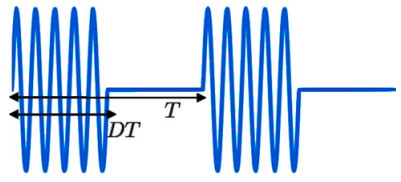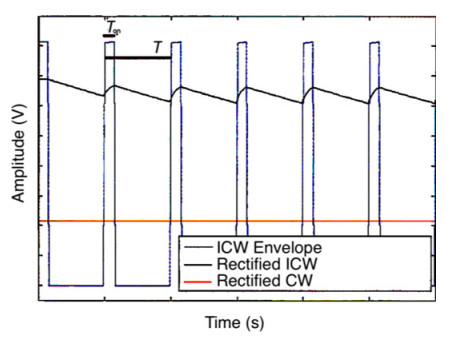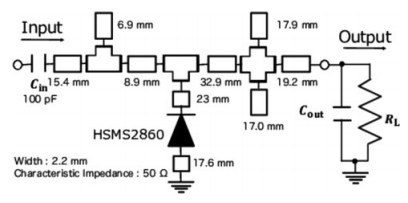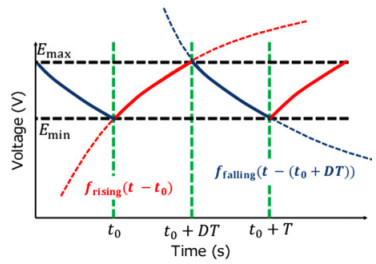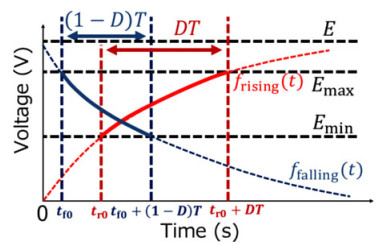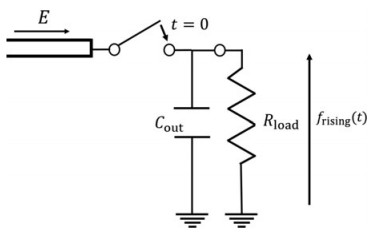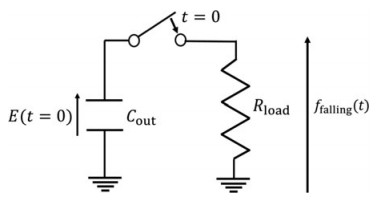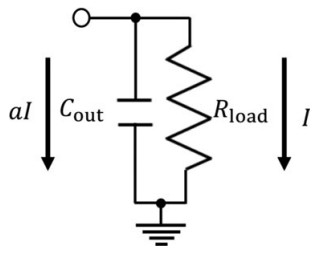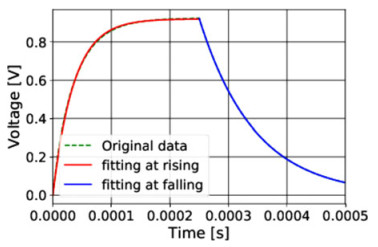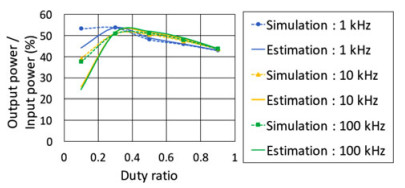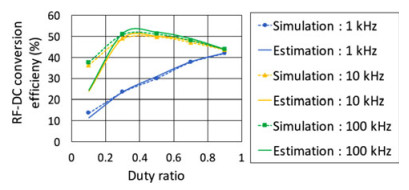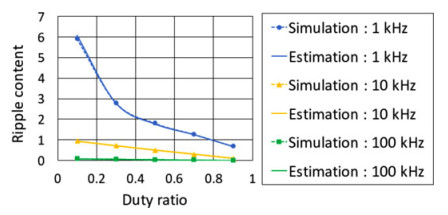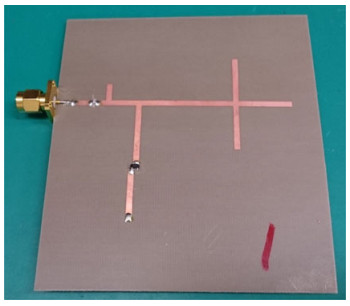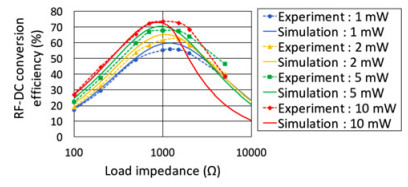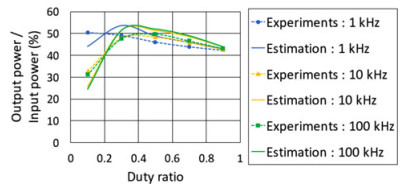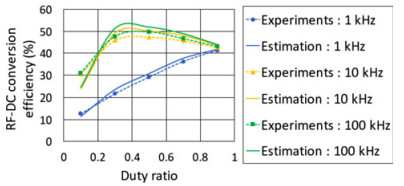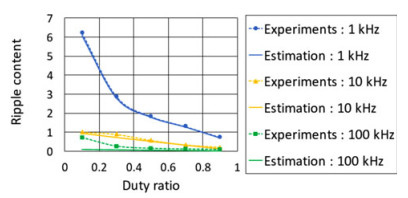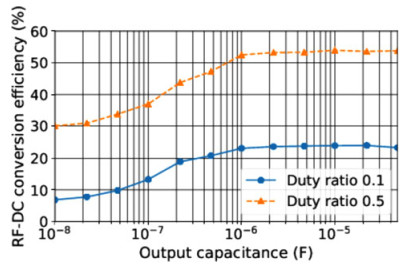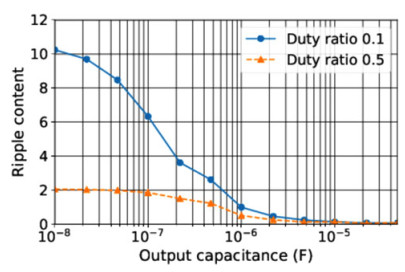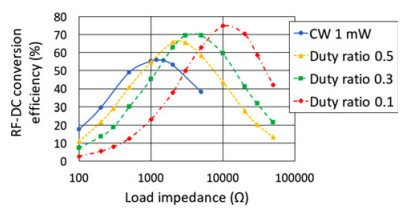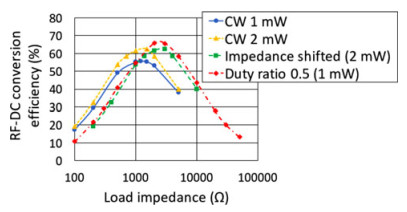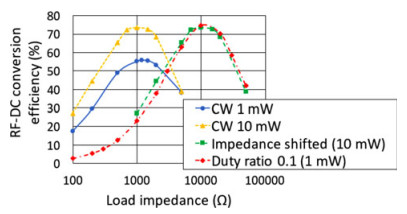-
About this article
Cite this article
Hirakawa T, Wang C, Shinohara N. 2019. RF-DC conversion efficiency improvement for microwave transmission with pulse modulation. Wireless Power Transfer 6(1): 57-66 doi: 10.1017/wpt.2019.3
RF-DC conversion efficiency improvement for microwave transmission with pulse modulation
Abstract: Microwave power transfer (MPT) can solve certain types of problems. For example, Internet of Things requires a flexible configuration of sensor networks, which is hindered by wired-charging sensors. This problem can be overcome by MPT techniques. However, the transmission efficiency of MPT is lower than that of wired transmission. This study focuses on the operation of rectifiers having a pulse-modulated input signal. Although a pulse-modulated wave is effective for improving the RF-DC conversion efficiency, the output voltage waves of rectifiers have a high ripple content. Moreover, the harmonic balance method cannot be used to simulate the operation of a pulse-modulated rectifier. To reduce the ripple content, a smoothing capacitor should be connected in parallel to an output load. We investigated the influence of a smoothing capacitor, the general characteristics of rectifiers under pulse-modulated waves, and the effectiveness of using pulse-modulated waves for improving RF-DC conversion efficiency. In conclusion, we reveal a necessary condition of the smoothing capacitor for improvement, demonstrate the effectiveness of pulse modulation, and show that the optimum impedance with a pulse-modulated wave input is an inverse of duty ratio times as compared to that with continuous wave input.
-
Key words:
- Rectifier /
- Pulse modulation /
- RF-DC conversion efficiency /
- High PAPR









 Takashi Hirakawa received his B.S. degree in Electrical and Electronic Engineering from Kyoto University in 2016. From 2016, he is studying about microwave techniques in the Electrical Engineering of Kyoto University.
Takashi Hirakawa received his B.S. degree in Electrical and Electronic Engineering from Kyoto University in 2016. From 2016, he is studying about microwave techniques in the Electrical Engineering of Kyoto University. 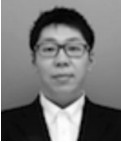 Ce Wang received his B.S. degree in Integrated System Engineering from the Kyushu Institute of Technology, Fukuoka, Japan, in 2014. He is currently pursuing his M.S. degree in electrical engineering at Kyoto University. His current research interests include low-power rectenna and wireless power transmission system design.
Ce Wang received his B.S. degree in Integrated System Engineering from the Kyushu Institute of Technology, Fukuoka, Japan, in 2014. He is currently pursuing his M.S. degree in electrical engineering at Kyoto University. His current research interests include low-power rectenna and wireless power transmission system design. 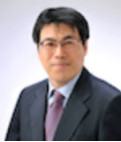 Naoki Shinohara received his B.E. degree in electronic engineering, M.E. and Ph.D. (Eng.) degrees in electrical engineering from Kyoto University, Japan, in 1991, 1993, and 1996, respectively. He was a research associate in Kyoto University from 1996. From 2010, he has been a professor in Kyoto University. He has been engaged in research on Solar Power Station/Satellite and Microwave Power Transmission system. He is IEEE MTT-S Technical Committee 26 (Wireless Power Transfer and Conversion) vice chair, IEEE MTT-S Kansai Chapter TPC member, IEEE Wireless Power Transfer Conference advisory committee member, executive editor of international journal Wireless Power Transfer (Cambridge Press), technical committee on IEICE Wireless Power Transfer, communications society member, Japan Society of Electromagnetic Wave Energy Applications vice president, Space Solar Power Systems Society board member, Wireless Power Transfer Consortium for Practical Applications (WiPoT) chair, and Wireless Power Management Consortium (WPMc) chair
Naoki Shinohara received his B.E. degree in electronic engineering, M.E. and Ph.D. (Eng.) degrees in electrical engineering from Kyoto University, Japan, in 1991, 1993, and 1996, respectively. He was a research associate in Kyoto University from 1996. From 2010, he has been a professor in Kyoto University. He has been engaged in research on Solar Power Station/Satellite and Microwave Power Transmission system. He is IEEE MTT-S Technical Committee 26 (Wireless Power Transfer and Conversion) vice chair, IEEE MTT-S Kansai Chapter TPC member, IEEE Wireless Power Transfer Conference advisory committee member, executive editor of international journal Wireless Power Transfer (Cambridge Press), technical committee on IEICE Wireless Power Transfer, communications society member, Japan Society of Electromagnetic Wave Energy Applications vice president, Space Solar Power Systems Society board member, Wireless Power Transfer Consortium for Practical Applications (WiPoT) chair, and Wireless Power Management Consortium (WPMc) chair 


